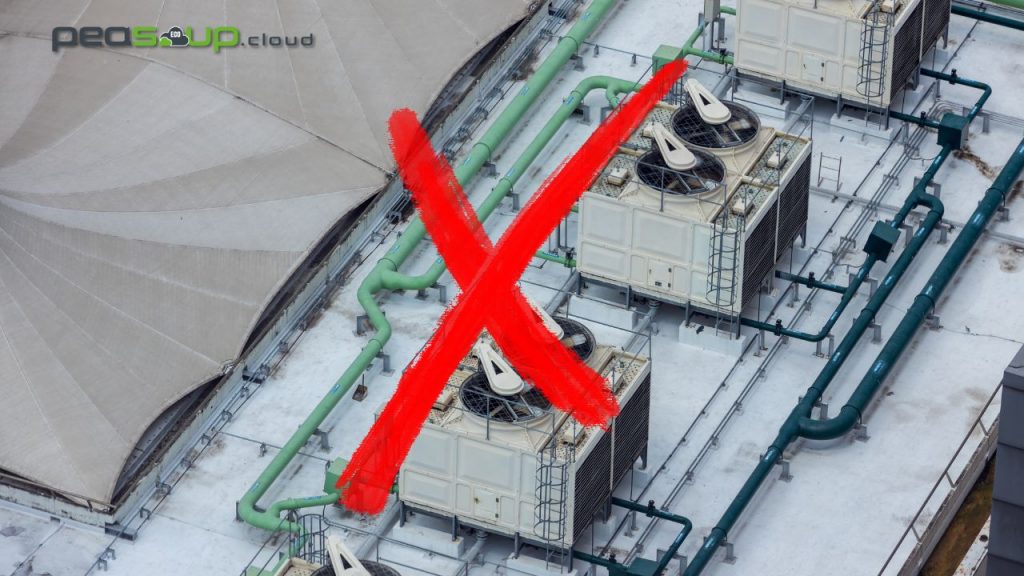How Liquid Immersion Cooling Can Help Data Centres Achieve Net Zero Emissions
Overcoming the Heat - How Liquid Immersion Cooling Can Help Data Centers Achieve Net Zero Emissions
Data centres are the backbone of the digital age, powering everything from online shopping to social media. However, this ever-growing demand for computing power comes at a significant environmental cost. Traditional air-cooling systems in data centres consume vast amounts of energy, contributing to greenhouse gas emissions and hindering progress towards net zero goals. As concerns about climate change escalate and the requirement to attain net zero emissions within a reasonable time, data centre operators need to act urgently.
Effective data cooling solution
One way through which data centres can reduce their carbon footprint is through investment in an effective data cooling solution.
One innovative solution gaining fast traction in the industry is liquid immersion cooling. Some call it the “green solution” for its effectiveness and environmental friendliness. Liquid immersion cooling involves submerging IT equipment, such as servers and storage systems, in a non-conductive liquid to dissipate heat more efficiently than traditional air cooling methods. While the concept of liquid cooling is not new, recent advancements in technology and growing environmental consciousness have propelled it to the forefront of sustainable data centre design.
Benefits
One of the primary advantages of liquid immersion cooling is its superior thermal conductivity compared to air. Traditional air-cooled data centres require large amounts of energy to maintain optimal operating temperatures, often relying on energy-intensive HVAC systems. In contrast, liquid immersion cooling can effectively dissipate heat without the need for high-powered fans or air conditioning, resulting in significant energy savings.
Moreover, by directly immersing hardware in a cooling liquid, heat is rapidly conducted away from critical components, reducing the risk of overheating and prolonging the lifespan of equipment. This not only enhances the reliability and efficiency of data centre operations but also reduces the frequency of equipment replacement, thereby minimising electronic waste.
Furthermore, liquid immersion cooling presents opportunities for data centres to utilise renewable energy sources more effectively. By reducing overall energy consumption and optimising thermal management, data centres can better align their operations with renewable energy generation patterns, such as solar or wind power. This synergistic approach can help data centres transition towards achieving net-zero emissions by minimising reliance on fossil fuels and mitigating environmental impact.
Additionally, liquid immersion cooling offers versatility in design and scalability. Unlike traditional air-cooled systems, which are limited by the physical constraints of airflow and cooling infrastructure, liquid immersion cooling enables denser hardware configurations and more compact layouts. This flexibility allows data centre operators to maximise the utilisation of available space and adapt to evolving technology demands without compromising efficiency or sustainability.
Hindrances
Despite its numerous benefits, widespread adoption of liquid immersion cooling still faces challenges. Initial deployment costs, compatibility with existing infrastructure and system maintenance are among the key considerations for data centre operators. However, as technology continues to advance these barriers are gradually being overcome.
Moreover, the long-term environmental and economic benefits of liquid immersion cooling far outweigh the initial investment. As the demand for data processing and storage continues to soar, embracing sustainable solutions like liquid immersion cooling is not only imperative for mitigating climate change but also essential for ensuring the resilience and longevity of digital infrastructure.
Liquid immersion cooling represents a very promising avenue for data centres to achieve net-zero emissions and enhance overall sustainability. By harnessing the superior thermal properties of liquid cooling, data centre operators can significantly reduce energy consumption, minimise environmental impact, and optimise operational efficiency. As the world increasingly relies on digital technology, embracing innovative solutions like liquid immersion cooling is essential for building a greener, more resilient future.

